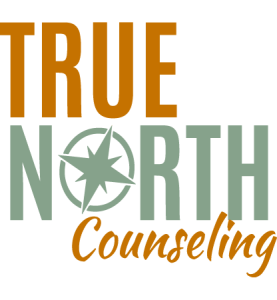Teens and Suicide
The local headlines this past month included the tragic loss of a 10-year old boy to suicide. I’m certain that no parent or grandparent ever gets over this. One of the few details that was shared in the Courier Journal was that he was bullied. I want to address the issue of Bullying in a later blog because it affects lots of kids and teens and it’s a very complicated behavior.
Suicide is very rare with children. Not so with Teens.
Consider the current trends:
-In 2016 adolescents and young adults aged 15 to 24 had a suicide rate of 13.15.
-8.6% of youth in grades 9 through 12 reported that they made at least one suicide attempt in the past 12 months.
-Girls attempt suicide twice as often as boys.
-Approximately 1,500 teenagers will attempt suicide in the next 24 hours.
-15.8% of youths in grades 9 through 12 reported that they had seriously considered attempting suicide during the past 12 months.
Teenagers send signals that something is wrong. They tend to be in clusters. If we suspected a teen at risk for suicide because they were sleeping too much, then many teens would be at risk. We are looking for changes in the typical functioning of your teen. We are looking for changes in a cluster of behaviors. These signals indicate that your teen might be at risk.
What are some of the Danger Signs?
–Hopeless comments such as, “nothing really matters,” or “I just want to end it all.”
–Sleep problems including sleeping too much or too little, insomnia, waking up often while sleeping.
-Preoccupation with death such as a fascination with music, art work, or poetry that has morbid themes.
–School problems such as difficulty keeping grades up.
-Signs of depression such as feelings of worthlessness, social withdraw, loss of appetite, increased irritability, and a “down” expression.
There are events that can increase the likelihood of suicide thoughts or events. These include:
Potential Triggering Life Events:
-The recent loss or threat of loss of a friend or family member through serious illness, death, separation, divorce or change in residence.
I cannot emphasize the importance of calling a counseling center if you are concerned about your son, daughter, grandson or granddaughter. There are things that you can do to help them through these very vulnerable years.
There is a wonderful app called, “A Friend Asks” that I high recommend. It was developed by The Jason foundation. JFI is a nationally recognized leader in youth suicide awareness and prevention. This app is for teens that are considering suicide and for their friends. It help teens help their friends that might be considering suicide. An excellent app.
Here are some numbers that might come in handy. Hopefully you’ll never need them, but please keep them just in case.
National Suicide Prevention Lifeline
1-800-273-8225
The American Foundation for Suicide Prevention
Afsp.org
The Suicide Prevention Resource Center
Sprc.org












